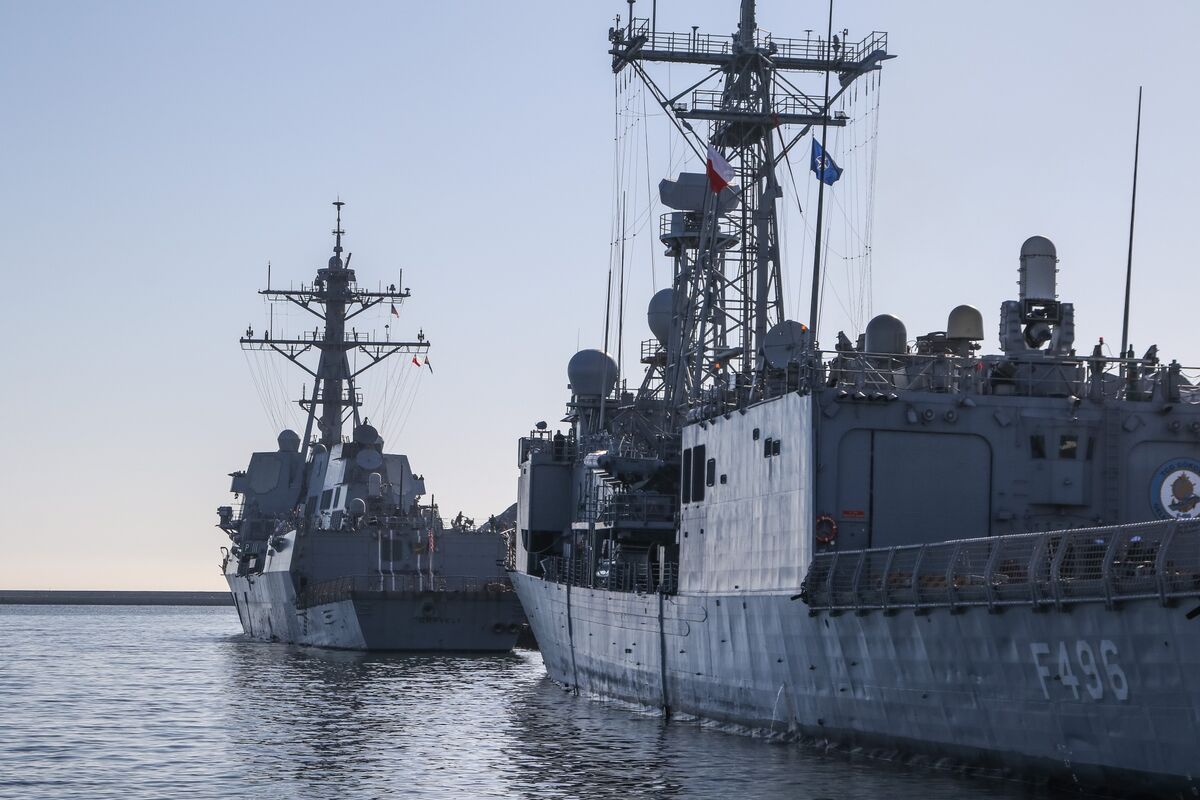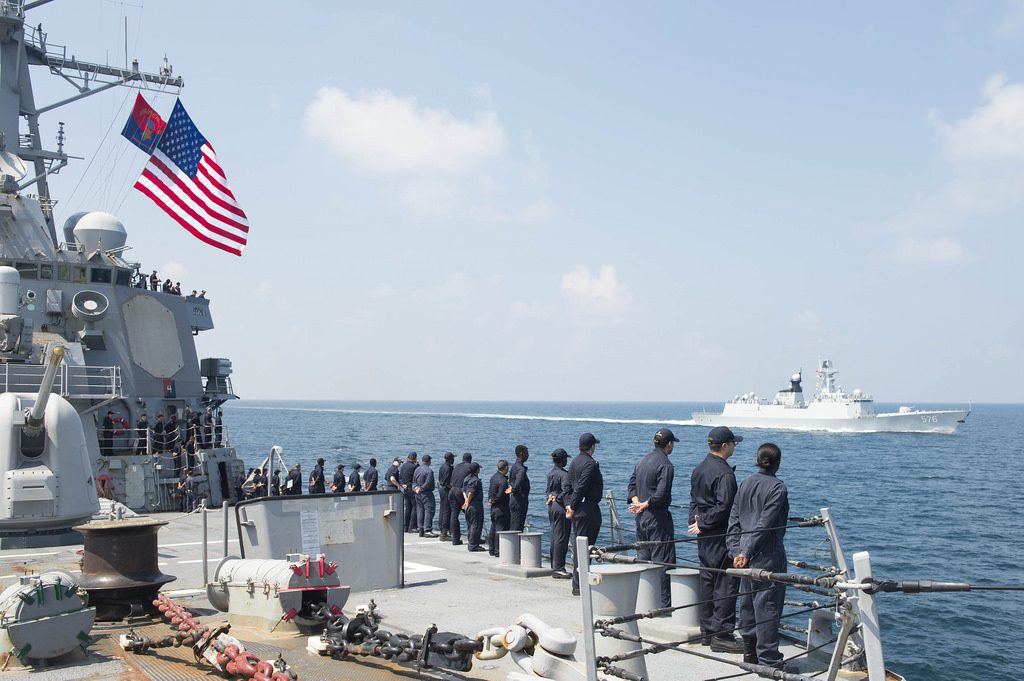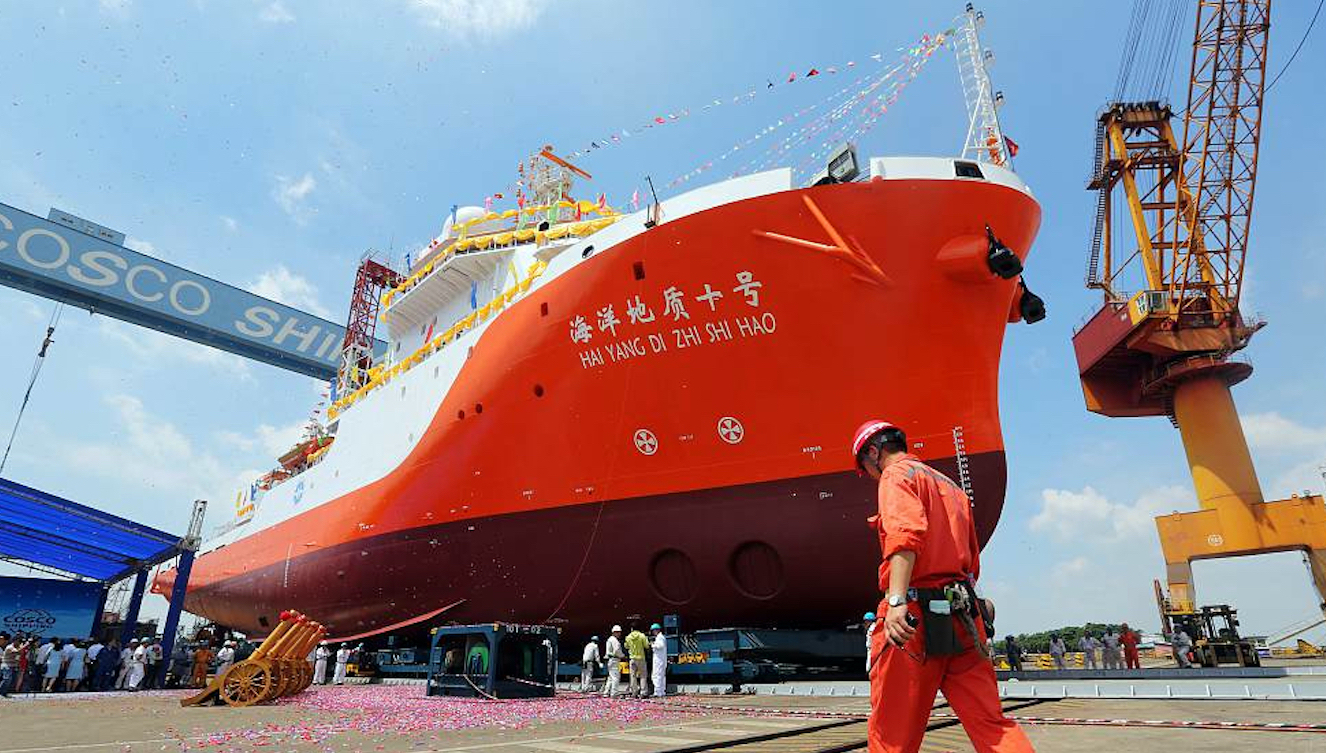beijingwalker
ELITE MEMBER

- Joined
- Nov 4, 2011
- Messages
- 65,187
- Reaction score
- -55
- Country
- Location
US Warships’ Time at Sea Dwindles on Breakdowns as China Challenge Rises
- GAO reports trouble as US competes with China’s bigger navy
- Ten-year trend shows more frequent unplanned parts breakdowns
January 31, 2023 at 11:55 PM GMT+8
US Navy warships have seen fewer days at sea since 2011 because vessels are breaking down more frequently than expected and taking longer to repair, even as the Pentagon struggles to catch up with China’s larger fleet, according to newly disclosed data from congressional analysts.
A review of maintenance, repair and parts replacement for 151 surface warships matched with days underway at sea shows they “faced persistent sustainment challenges that have worsened through 2021,” according to a Government Accountability Office assessment released Tuesday.
The declining time at sea is a troubling sign particularly as the US seeks to counter China in the Indo-Pacific region and for a potential conflict this decade over Taiwan. China has the world’s largest navy, according to the Pentagon, while the GAO says the US is getting less use out of many of the ships it has.
The problems included increased delays in depot maintenance and “growing numbers of cannibalizations,” according to the assessment, adding up to “fewer hours that ships were steaming.” Parts are considered cannibalized when they are pulled off another ship because crews couldn’t get what was needed in the normal supply chain.
Expanding Fleet
The report is a sobering primer for lawmakers and Navy officials who only recently have shifted focus from adding more vessels to the fleet to maintenance backlogs. It adds to doubt about the Navy achieving a goal of a 350-vessel fleet, as desired by many lawmakers, when it’s having major difficulties with its current force of 293. The Navy this month announced a goal of maintaining at least 75 vessels fully combat-ready at all times. Details have yet to be spelled out for that project, called North Star 75.
The Navy’s premier destroyer, the Arleigh Burke-class DDG-51, averaged seven more cannibalizations per ship in fiscal 2021 than it did in fiscal 2011 and 19 more serious “category 3 and 4” failure reports per ship, according to the GAO. The 68 ships built by General Dynamics Corp. also averaged 20 more days of maintenance delays in 2021 than in 2011, according to the report.
“We selected 10 ship classes that represent a large portion of the Navy’s total ship population,” the GAO said. “Specifically, as of November 2022, the selected ship classes represented about half of the Navy’s total ship battle force.”
Navy officials told the GAO that all nine surface ship classes reviewed “experienced delays caused by two factors: the growth in magnitude of previously planned work, and the identification of the need for new work that was not previously planned.”
The newly released report dovetails with views of the admiral responsible for providing combat-ready vessels. Shipyard maintenance and new construction delays are “the most significant problem the Navy faces,” Admiral Daryl Caudle said in an emailed statement.
Caudle this month criticized Navy contractors for late deliveries of the service’s primary air-defense weapon, the SM-6 missile that’s made by Raytheon Technologies Corp., as well as the MK-48 heavyweight torpedo made by Lockheed Martin Corp.
“I need SM-6 missiles delivered on time,” he said in the email, pledging to sit down with defense contractors to discuss the problem next month. “I need Mk-48 torpedoes delivered on time.”
Budget Increases
According to Congressional Budget Office figures, Congress added $19 billion and 22 vessels more than the Navy’s annual requests from fiscal 2011 to 2021. The costs to operate and sustain the 151 Navy ships included in the GAO review totaled about $17 billion in fiscal year 2020. Still, the average of serious failure reports increased to 36 per ship in 2021 from 22.The eight Wasp-class amphibious assault vessel built by Huntington Ingalls Industries Inc. to carry Marines and equipment like F-35B jets experienced “the most significant increase in casualty reports” — from 11 per vessel in fiscal year 2011 to 61 in 2021, the GAO said.
The agency provided fresh evidence of the poor performance of Littoral Combat Ships built in versions by Lockheed Martin Corp. and Austal Ltd. Both vessel types averaged 26 more serious “category 3 and 4” parts failure reports in 2021 than in 2011.
The GAO report is a public version of one issued to the Navy and Congress in December that disclosed the number of reduced days underway on patrols. From 2011 to 2021 planned steaming hours “for these classes generally decreased; however, we removed specific details from the figure showing this general decrease because DoD deemed this information sensitive,” the GAO said. The Pentagon labeled the information “Controlled Unclassified Information” to prevent its disclosure.

US Warships’ Time at Sea Dwindles on Breakdowns as China Challenge Rises
US Navy warships have seen fewer days at sea since 2011 because vessels are breaking down more frequently than expected and taking longer to repair, even as the Pentagon struggles to catch up with China’s larger fleet, according to newly disclosed data from congressional analysts.





